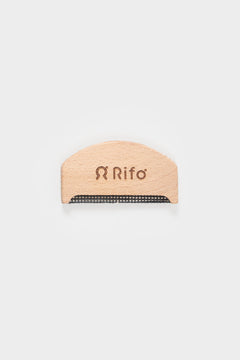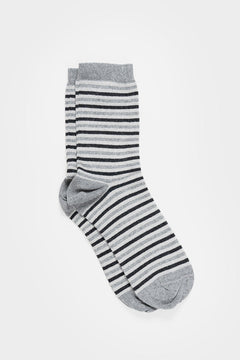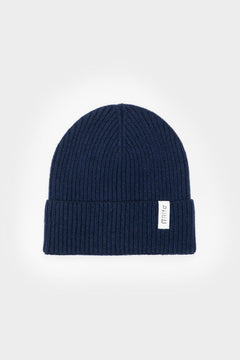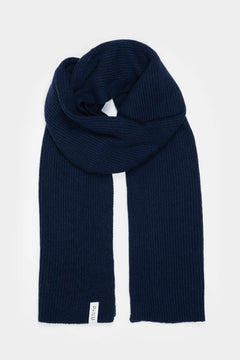We live in a reality where everything has a beginning and an end. We know that a product has been created, used and finally thrown away.
This system is called linear economy.
It is based on the extraction of raw materials, on the mass consumption and on the product waste once this is not useful anymore.
This is a way of acting that has caused many damages to our environment, like seas and land contamination. This has given life to the tragedy of waste, modifying the climate and, finally, it increased social inequality.
Creating ➔ Using ➔ Throwing away
Simple actions that are part of our daily life and that now we consider irreplaceable.
We know you are thinking that it is impossible to change this habit, but you must know that there is a solution and it is much simpler than you can imagine.
It is called circular economy and in this article we'll learn together something more about it.
What is circular economy?
It is an economical system that regenerates by itself.
According to Ellen MacArthur Foundation in an economy of this kind the material fluxes are divided into two types:
- biological: the ones able to be reintegrated into the biosphere;
- technical: the ones intended to be revalued without entering into the biosphere.
This kind of economy is planned to reuse the materials inside subsequential productive cycles, making it possible to reduce the waste.
It is a circle in which materials continue to go around, without never loosing their utility.
A system in which it is deleted the idea of a start and an end.
Waste exist no more because every piece is thought to be raw material for a new product.
Simple and very useful, right?
Let's discover now which are the fundamental principles of this economy.
Fundamental principles of the circular system
- Reuse of leftovers. The aim is to take everything that is thrown away and introduce it again inside the production cycle.
- End of the waste. Reducing the habit that lead to collecting a big amount of objects that end in forgotten boxes. Creating a process where instead of possessing an object it is used as a service.
- Stopping the premature death of the matter. Avoiding to throw away raw materials that are completely healthy and beginning again to repair what is broken.
We are sure that you are slowly starting to imagine an item of clothing not as something that will end in the rubbish once you won't need it anymore, but as an element that can be used to create other clothes.
The secret to the change it's right here: starting to think in another way.
Now that we've seen together the fundamental principles of this economy I'll explain to you in a concrete way how it is realized the circular process.
How does circular economy work?
The reuse and elimination of waste are fundamental for this economy.
To make it possible for this kind of process to use again every material it is important to put in practice certain actions.
This approach is made by four steps:
- The use of no-polluting materials that don't derive from plastic
- Focus on quality to make garments last longer
- Support of the theme of recycle and reuse
- Valorization of a more efficient use of sources and renewable energies
Advantages of circular economy
Studies are demonstrating how linear economy is no more sustainable.
You've surely noticed that all the problems we've mentioned before only make our future uncertain and dangerous.
Carrying out a circular economical model would allow companies a huge saving of costs because they wouldn't have to buy virgin materials no more.
This would allow to have a huge reduction of greenhouse gases emission, water waste, primary resources, leakage of polluting materials.
It would increase soil productivity.
Finally, working condition would get better thanks to the failed use of damaging substances for people's health.
Conclusions
The secret to give life to changes that seem impossible at first is constancy.
You are surely thinking that your little daily commitment will never influence fashion universe, leading it to circular economy.
You don't have to make this mistake... keep on hoping and trusting instead.
These revolutions take much time, commitment and will.
It is really important that you, as a consumer, are aware of the damages that our attitude can cause, but most of all of how you can change things too.
Start to forget the idea to create, use and then throw away. Try to think in a circular way, where everything is useful and waste doesn't exist anymore.
This is the first step to give life to change.
Would you like an example of circular economy? Visit our store: you'll find only upcycled clothing (upcycled cotton and upcycled cashmere), eco-friendly and absolutely comfortable.








